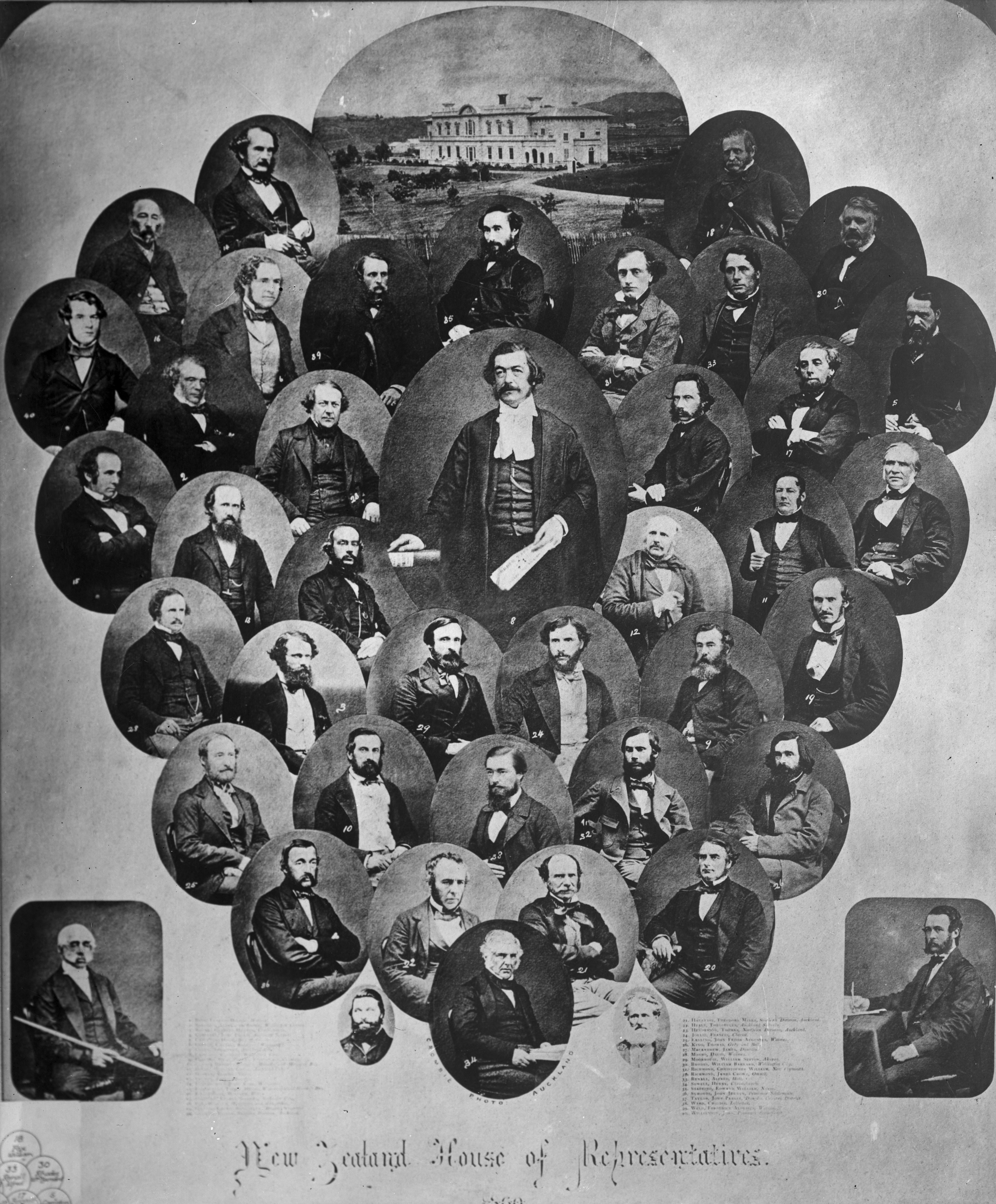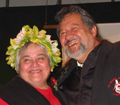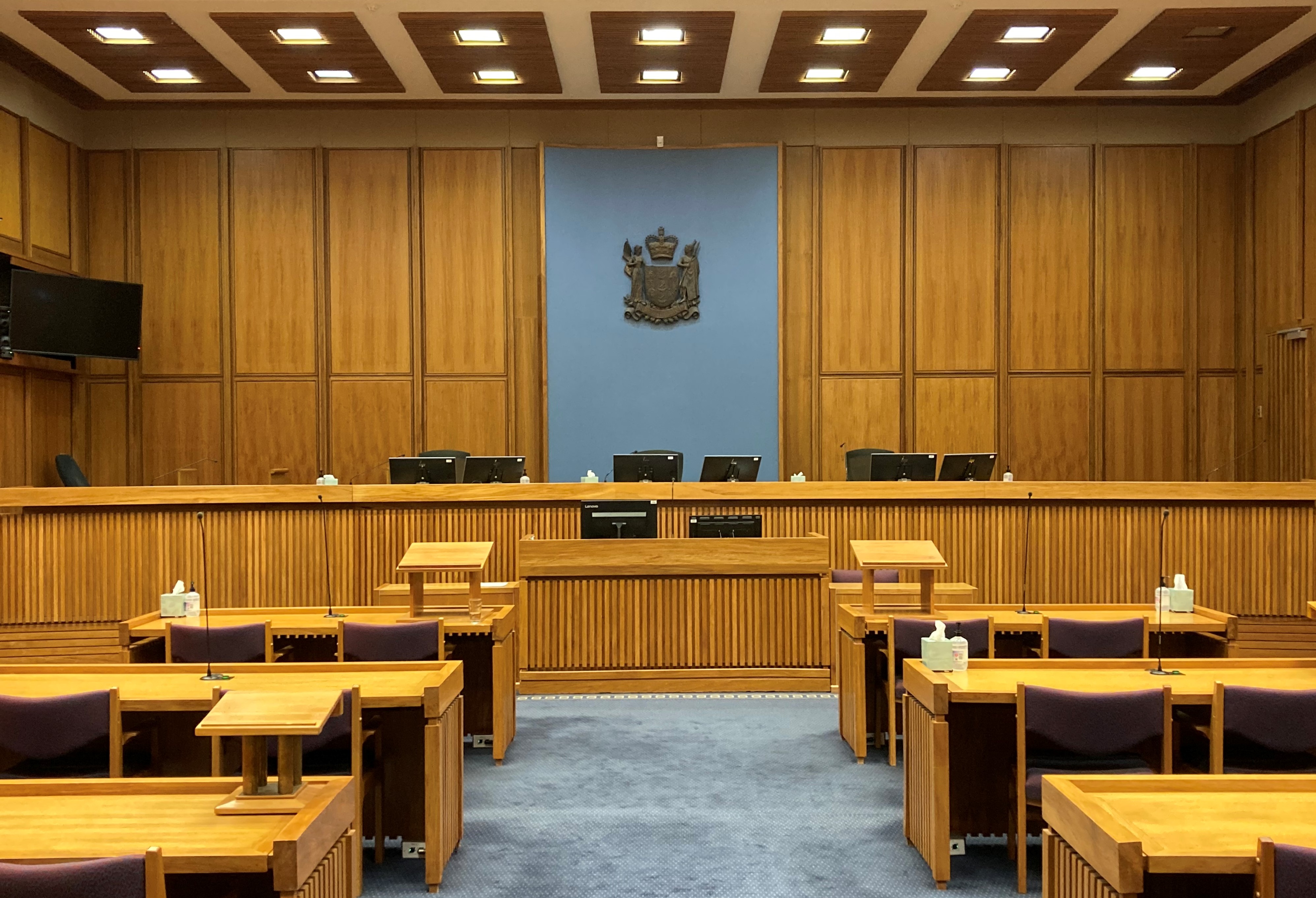|
Debbie Ngarewa-Packer
Debbie Anne Ngarewa-Packer is a New Zealand politician, iwi leader and activist. She is a Member of Parliament and co-leader of Te Pāti Māori alongside Rawiri Waititi, and is the leader and chief executive of the Ngāti Ruanui iwi. She stood for Te Pāti Māori during the 2020 election in the seat of Te Tai Hauāuru. While she failed to win the electorate, she was placed first on Te Pāti Māori list, where she won a list seat once the special votes were counted. Early life Ngarewa-Packer grew up in Pātea and attended New Plymouth Girls' High School. Local government Ngarewa-Packer is a former deputy mayor of South Taranaki. She was elected to the South Taranaki District Council in the 2007 local elections, representing the Pātea ward. She also contested the mayoral position, which was won by Ross Dunlop; after the elections Dunlop selected her as deputy mayor. She held that role until 2010, when she did not seek re-election. Ngāti Ruanui and local activism Ngare ... [...More Info...] [...Related Items...] OR: [Wikipedia] [Google] [Baidu] |
New Zealand House Of Representatives
The House of Representatives is the sole chamber of the New Zealand Parliament. The House passes Law of New Zealand, laws, provides Ministers of the New Zealand Government, ministers to form Cabinet of New Zealand, Cabinet, and supervises the work of government. It is also responsible for adopting the state's New Zealand Budget, budgets and approving the state's accounts. The House of Representatives is a Representative democracy, democratic body consisting of representatives known as members of parliament (MPs). There are normally 120 MPs, though this number can be higher if there is an Overhang seat, overhang. Elections in New Zealand, Elections take place usually every three years using a mixed-member proportional representation system which combines First-past-the-post voting, first-past-the-post elected legislative seat, seats with closed party lists. 72 MPs are elected directly in single-member New Zealand electorates, electoral districts and further seats are filled by ... [...More Info...] [...Related Items...] OR: [Wikipedia] [Google] [Baidu] |
Tariana Turia
Dame Tariana Turia (born 8 April 1944) is a New Zealand politician. She was first elected to Parliament in 1996. Turia gained considerable prominence during the foreshore and seabed controversy in 2004, and eventually broke with the Labour Party as a result. She resigned from parliament, and successfully contested a by-election in her former electorate as a candidate of the newly formed Māori Party, of which became a co-leader. She retired from Parliament in 2014. Early work Turia was born in 1944 to an American (probably Native American) father and Māori mother. Her Māori roots are Ngāti Apa, Ngā Rauru, and Tūwharetoa iwi, among others. She was married to George Turia, who has died. They have 4 children, 2 whāngai, 28 grandchildren, and great grandchildren. Before entering politics, she had considerable involvement with a number of Māori organisations, working with Te Puni Kōkiri (the Ministry of Māori Development) and a number of Māori health providers. She ... [...More Info...] [...Related Items...] OR: [Wikipedia] [Google] [Baidu] |
2017 New Zealand General Election
The 2017 New Zealand general election took place on Saturday 23 September 2017 to determine the membership of the 52nd New Zealand Parliament. The previous parliament was elected on 20 September 2014 and was officially dissolved on 22 August 2017. Voters elected 120 members to the House of Representatives under New Zealand's mixed-member proportional (MMP) voting system, a proportional representation system in which 71 members were elected from single-member electorates and 49 members were elected from closed party lists. Around 3.57 million people were registered to vote in the election, with 2.63 million (79.8%) turning out. Advance voting proved popular, with 1.24 million votes cast before election day, more than the previous two elections combined. Prior to the election, the centre-right National Party, led by Prime Minister Bill English, had governed since 2008 in a minority government with confidence and supply from the Māori, ACT and United Future parties. It was ... [...More Info...] [...Related Items...] OR: [Wikipedia] [Google] [Baidu] |
Party Lists In The 2020 New Zealand General Election
The 2020 New Zealand general election held on Saturday, 17 October 2020 determined the membership of the 53rd New Zealand Parliament. It was previously scheduled for 19 September, before being delayed due to the COVID-19 pandemic. Parliament has 120 seats, and 72 will be filled by electorate MPs, with the remaining 48 from ranked party lists. Parties were required to submit their party lists to the Electoral Commission by 17 September and the lists were publicly released on 19 September, though some parties published their lists earlier than that. This page lists candidates by party, including their ranking on a list. Successful parties ACT Party ACT New Zealand released the first 20 places on its list on 28 June 2020. On 6 July, Stephen Berry, contesting Pakuranga and ranked ninth on the list, withdrew his candidacy for health reasons. The remainder of the list, with candidates ranked in alphabetical order, was released by the Electoral Commission on 19 September 2020. ... [...More Info...] [...Related Items...] OR: [Wikipedia] [Google] [Baidu] |
Rohe
The Māori people of New Zealand use the word ''rohe'' to describe the territory or boundaries of ''iwi'' (tribes), although some divide their rohe into several ''takiwā''. The areas shown on the map (right) are indicative only, and some iwi areas may overlap. The term ''rohe'' also combines with other words to form more modern terms. These include ''rohe pōti'', meaning an electoral district or constituency, ''rohe wā'', meaning time zone, and ''whatunga rohe paetata'', meaning a local area network. The term ''rohe'' on its own has also been adopted to mean an internet domain. The term is also used for the mission districts (''rohe mihana'') of Te Pīhopatanga o Aotearoa, the Māori Anglican Church in Aotearoa/New Zealand. See also * List of Māori iwi This is a list of iwi (New Zealand Māori tribes). List of iwi This list includes groups recognised as iwi (tribes) in certain contexts. Many are also hapū (sub-tribes) of larger iwi. Moriori are included on this list. ... [...More Info...] [...Related Items...] OR: [Wikipedia] [Google] [Baidu] |
The Spinoff
''The Spinoff'' is a New Zealand online magazine and news website that was founded in 2014. It is known for current affairs coverage, political and social analysis, and cultural commentary. It earns money through commercial sponsorship and subscriptions. Journalist Duncan Greive is its founder, publisher and chief executive officer. The business is owned by Grieve and his wife Nicola, a lawyer at the Serious Fraud Office. Business model and content ''The Spinoff'' began as a TV blog sponsored by the streaming platform Lightbox: it has expanded to a multi-platform news site that also publishes current affairs newsletters, podcasts and online video series. 'Spinoff Members', offering a range of benefits to subscribers, was launched in 2019. ''The Spinoff'' and the ''New Zealand Herald'' started sharing journalism and content in July 2020. “Our business model is partnership and sponsorship and we make it clear when our content is funded in that way. When our journalists a ... [...More Info...] [...Related Items...] OR: [Wikipedia] [Google] [Baidu] |
COVID-19 Pandemic In New Zealand
The COVID-19 pandemic in New Zealand is part of the ongoing pandemic of coronavirus disease 2019 () caused by severe acute respiratory syndrome coronavirus 2 (). The first case of the disease in New Zealand was reported on 28 February 2020. , the country has had a total of 2,062,384 cases (2,027,981 confirmed and 34,403 probable). 2,288 people have died as a result of the virus, with cases recorded in all twenty district health board (DHB) areas. The pandemic first peaked in early April 2020, with 89 new cases recorded per day and 929 active cases. Cases peaked again in October 2021 with 134 new cases reported on 22 October. A total of 7,274,347 COVID tests have been carried out . In response to the first outbreak in late February 2020, the New Zealand Government closed the country's borders and imposed lockdown restrictions. A four-tier alert level system was introduced on 21 March 2020 to manage the outbreak within New Zealand. Since then, after a two-month nationwi ... [...More Info...] [...Related Items...] OR: [Wikipedia] [Google] [Baidu] |
Supreme Court Of New Zealand
The Supreme Court of New Zealand ( mi, Te Kōti Mana Nui, lit=Court of Great Mana) is the highest court and the court of last resort of New Zealand. It formally came into being on 1 January 2004 and sat for the first time on 1 July 2004. It replaced the right of appeal to the Judicial Committee of the Privy Council, based in London. It was created with the passing of the Supreme Court Act 2003, on 15 October 2003. At the time, the creation of the Supreme Court and the abolition of appeals to the Privy Council were controversial constitutional changes in New Zealand. The Supreme Court Act 2003 was repealed on 1 March 2017 and superseded by the Senior Courts Act 2016. It should not be confused with New Zealand's "old" Supreme Court, which was a superior court that was established in 1841 and renamed in 1980 as the High Court of New Zealand. The name was changed in anticipation of the eventual creation of a final court of appeal for New Zealand that would be called the "Supreme ... [...More Info...] [...Related Items...] OR: [Wikipedia] [Google] [Baidu] |
Court Of Appeal Of New Zealand
The Court of Appeal of New Zealand is the principal intermediate appellate court of New Zealand. It is also the final appellate court for a number of matters. In practice, most appeals are resolved at this intermediate appellate level, rather than in the Supreme Court. The Court of Appeal has existed as a separate court since 1862 but, until 1957, it was composed of judges of the High Court sitting periodically in panels. In 1957 the Court of Appeal was reconstituted as a permanent court separate from the High Court. It is located in Wellington. The Court and its work The President and nine other permanent appellate judges constitute the full-time working membership of the Court of Appeal. The court sits in panels of five judges and three judges, depending on the nature and wider significance of the particular case. A considerable number of three-judge cases are heard by Divisional Courts consisting of one permanent Court of Appeal judge and two High Court judges seconde ... [...More Info...] [...Related Items...] OR: [Wikipedia] [Google] [Baidu] |
Environmental Protection Authority (New Zealand)
The Environmental Protection Authority (EPA) (Māori Māori or Maori can refer to: Relating to the Māori people * Māori people of New Zealand, or members of that group * Māori language, the language of the Māori people of New Zealand * Māori culture * Cook Islanders, the Māori people of the C ...: ''Te Mana Rauhī Taiao'') is New Zealand government agency (Crown entity/agent) It is New Zealand's national-level environmental regulator. Its vision is "an environment protected, enhancing our way of life and the economy." As a Crown agent under the Crown entity model, the EPA operates at arm’s length from Ministers. Its independence in decision making is protected by statute and the established governance structures. A letter of expectations is issued annually by its responsible Ministers which, within the context of its independence, sets out the broad expectations of the Government of the day. History The Environmental Protection Authority was established on 1 July 201 ... [...More Info...] [...Related Items...] OR: [Wikipedia] [Google] [Baidu] |
Taranaki
Taranaki is a region in the west of New Zealand's North Island. It is named after its main geographical feature, the stratovolcano of Mount Taranaki, also known as Mount Egmont. The main centre is the city of New Plymouth. The New Plymouth District is home to more than 65 per cent of the population of Taranaki. New Plymouth is in North Taranaki along with Inglewood and Waitara. South Taranaki towns include Hāwera, Stratford, Eltham, and Ōpunake. Since 2005, Taranaki has used the promotional brand "Like no other". Geography Taranaki is on the west coast of the North Island, surrounding the volcanic peak of Mount Taranaki. The region covers an area of 7258 km2. Its large bays north-west and south-west of Cape Egmont are North Taranaki Bight and South Taranaki Bight. Mount Taranaki is the second highest mountain in the North Island, and the dominant geographical feature of the region. A Māori legend says that Mount Taranaki previously lived with the Tongariro, Ngaur ... [...More Info...] [...Related Items...] OR: [Wikipedia] [Google] [Baidu] |




